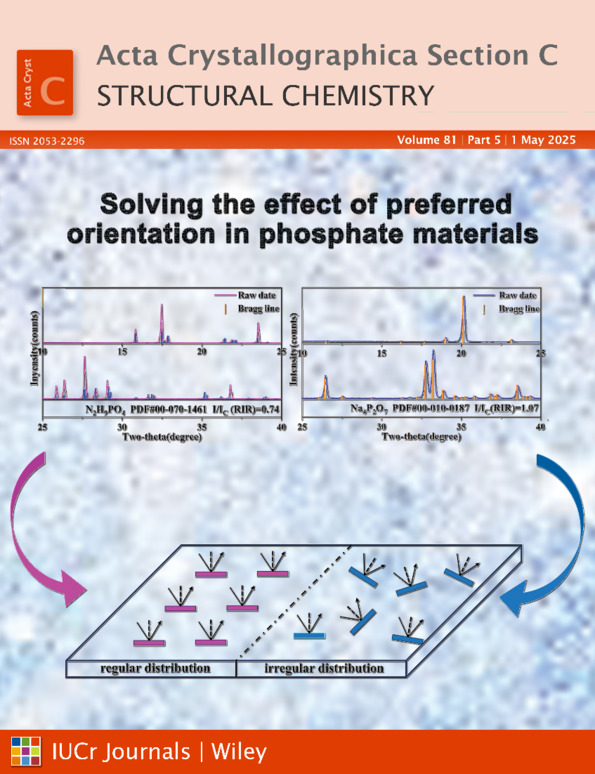A developed method of quantitative phase analysis (QPA) to solve the effect of preferred orientation in phosphate materials
Abstract
Quantitative phase analysis (QPA) by X-ray diffraction is widely used in materials, minerals, metallurgy, etc. But when preferred orientation exists in samples, QPA by single peaks in diffraction patterns will be seriously affected and becomes less exact, for example, for phosphate materials. As an alternative, whole pattern methods (especially the Rietveld method) can be utilized positively and the effect of preferred orientation can be solved mathematically. But application of the Rietveld method generally takes a lot of time, not only in high-accuracy pattern acquisition, but also in continuously refining many parameters for multiple iterative computation, which is not applicable to situations where rapid or automatic QPA is required, such as industrial production, customs inspection, and so on. In this article, a new mathematical method was developed and discussed, and was then reasonably simplified for convenient operation. The simplified method was tested and examined using the N2H9PO4 phase, which can produce preferred orientation easily. The results indicated that the QPA deviation is reduced from about 33% using the single-peak method to less than 1% using the new simplified method. Use of the new method and its simplified version is recommended when preferred orientation exists and rapid or automatic QPA is required.




